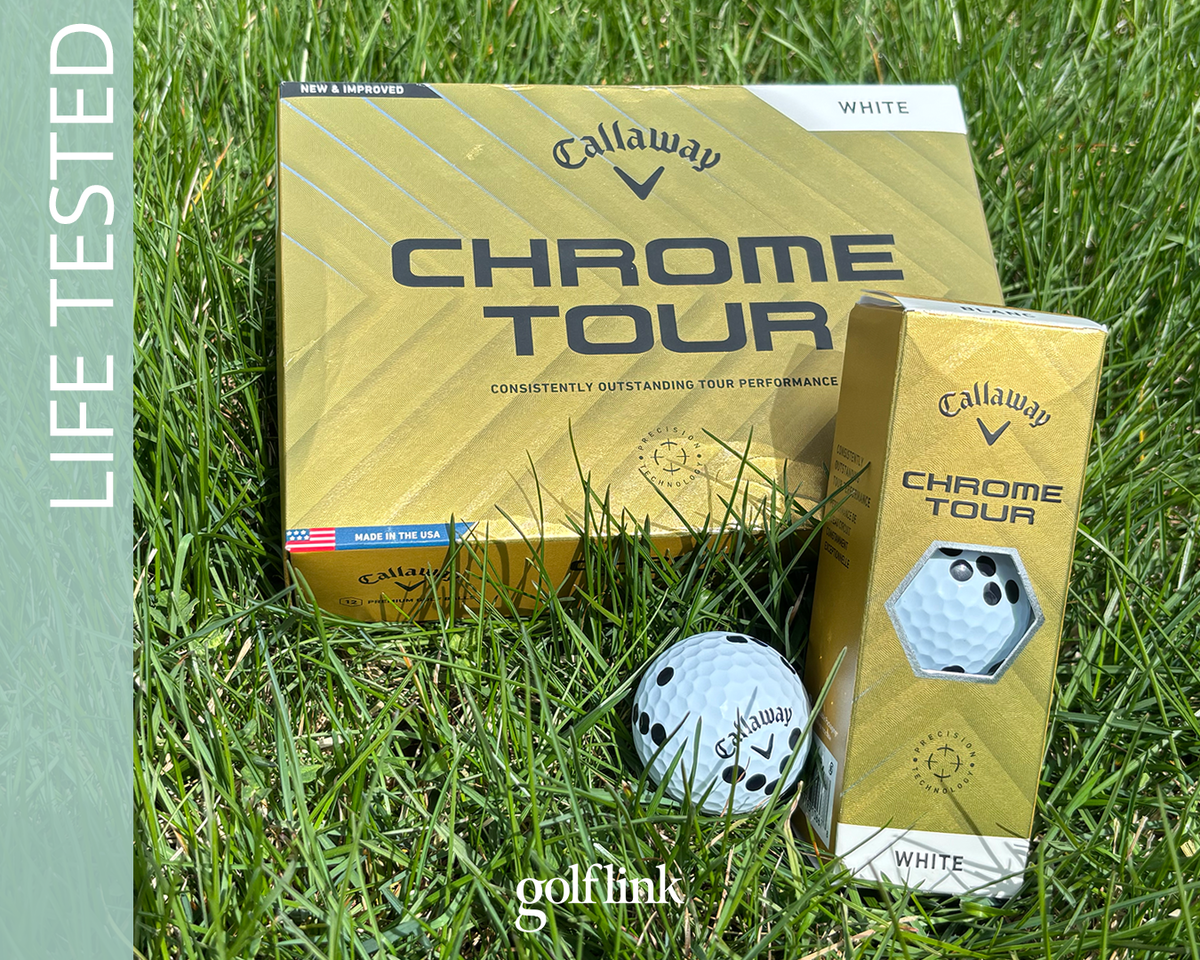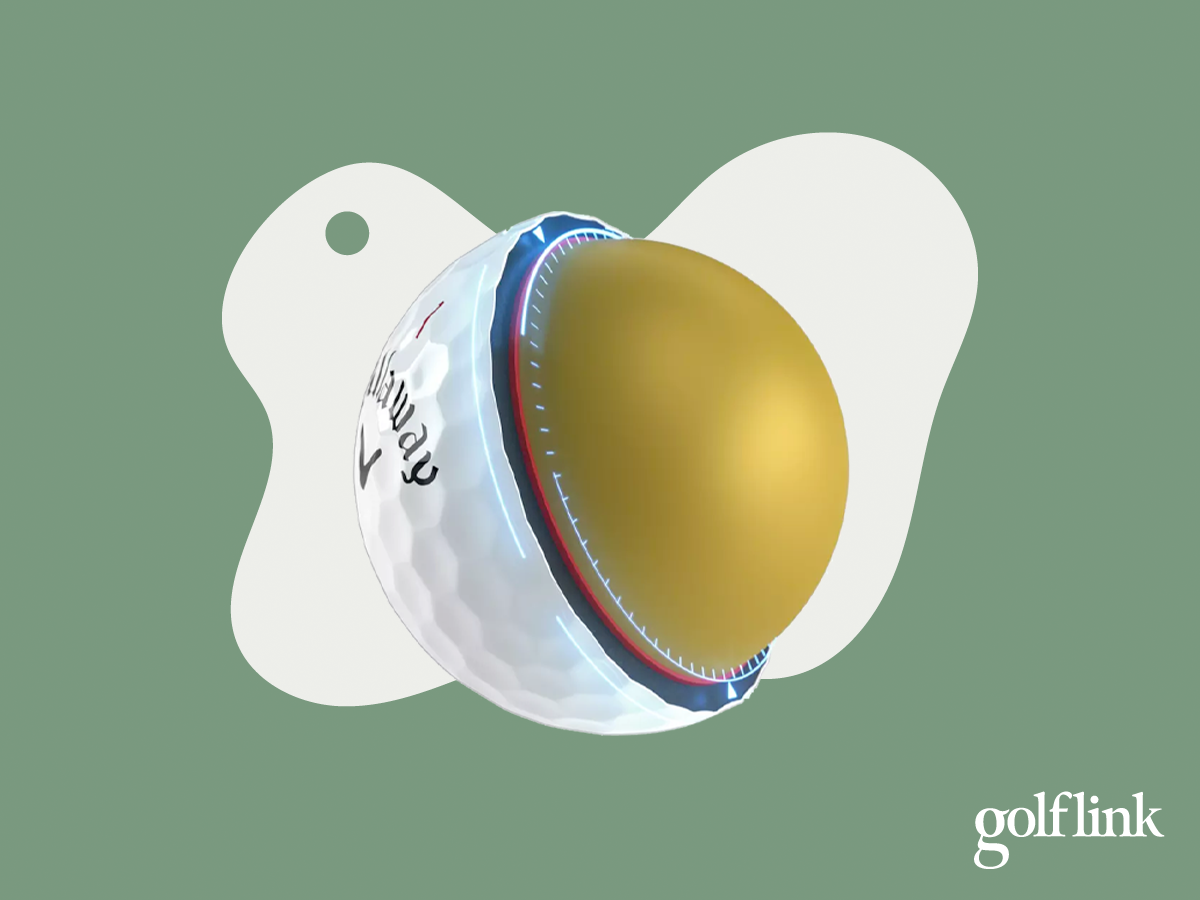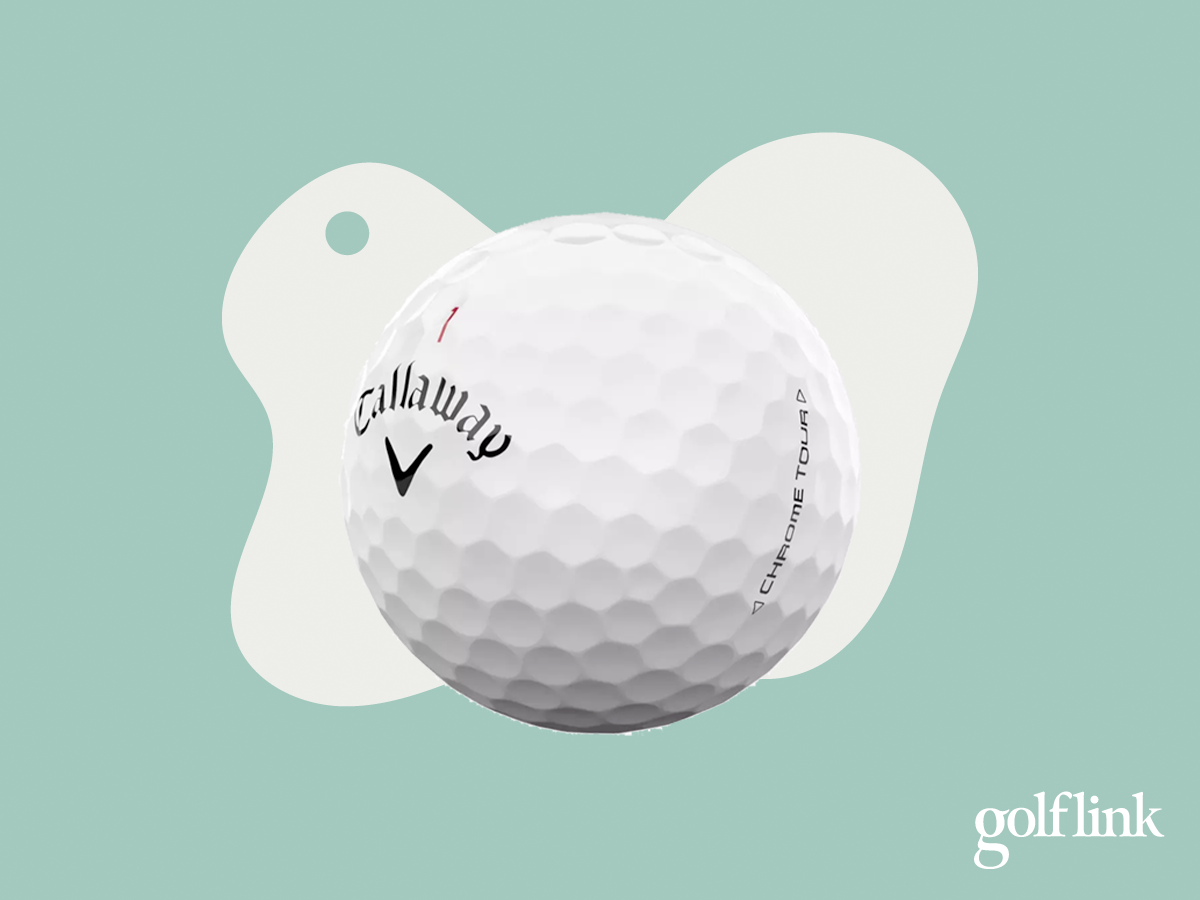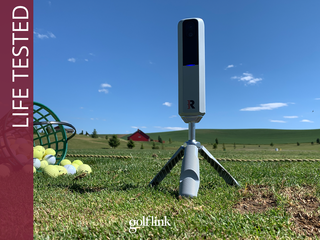Life-Tested Callaway Chrome Tour Review
We tested the Callaway Chrome Tour and compared it to Titleist Pro V1. Check out how it performs!

We tested Callaway Chrome Tour golf balls specially marked for use with Rapsodo MLM2Pro launch monitor.
Is the Callaway Chrome Tour a just like any other tour ball? There’s one incumbent in the tour-ball category that every new entry must compete with, and that’s Titleist’s Pro V1. If competitors are going to persuade golfers to pony up $55 for a dozen balls, they better compete with or outperform the top of the class.
Over the last year, I’ve hit more shots with Callaway Chrome Tour than any other ball. That’s because it’s the ball that’s compatible with my launch monitor, the Rapsodo MLM2Pro. I’ve logged data from thousands of shots with the Callaway Chrome Tour golf ball. Find out how it performs – and how it compares to Pro V1 – in this Callaway Chrome Tour review.
Inside Callaway Chrome Tour

PGA TOUR SUPERSTOREFIND ON CALLAWAYFIND ON AMAZON
Construction: 4-Piece
Cover: Urethane
Feel: Mid-Soft
Workability: High
At first glance, I wouldn’t expect Callaway Chrome Tour to perform exactly the same as Pro V1.
Even though the two share a similar profile, Chrome Tour is a 4-piece ball while Pro V1 is a 3-piece ball. That alone will lead to performance differences between the two, and if you’re wondering, the Chrome Tour X is also a 4-piece ball and the Chrome Soft is the only urethane-covered 3-piece option in Callaway’s Chrome lineup.
Callaway says the Chrome Tour is on the softer side of the tour-ball spectrum, feel wise, and produces slightly less spin, which can add some distance or help players who spin the ball too much.
Callaway’s line of Chrome Tour balls, which also includes the higher-spin Chrome Tour X, and the lower-spin Chrome Tour Triple Diamond, debuted in 2024 with a few new technologies baked in. Callaway gave the Chrome Tour a new Hyper Fast Soft Core to boost ball speed while delivering the often desirable soft feel. Chrome Tour also has a new Seamless Tour Aero, an aerodynamic design for stable ball flight.

10 Great Balls for Low Handicap Golfers & How to Find Yours
Performance: Callaway Chrome Tour vs. Pro V1

PGA TOUR SUPERSTOREFIND ON CALLAWAYFIND ON AMAZON
Full Swing: Comparable
Short Game: Chrome Tour Launches higher, stops faster
It’s hard to review a golf ball without comparing it against a baseline, because otherwise there’s no context for the performance. So we’ll use the aforementioned Pro V1 to compare how the Callaway Chrome Tour performs.
Using the Rapsodo MLM2Pro, we evaluated a few key performance metrics of each ball. Looking at launch, apex, descent angle and carry distance, we compared similar strikes between Chrome Tour to Pro V1, controlling for swing speed and strike quality.
We also collected spin data on the Chrome Tour, but because only the Chrome Tour was marked for the MLM2Pro to collect spin data, we don’t have comparative spin data. We shall persevere.
On full swings, the Chrome Tour and Pro V1 performed nearly identically for me. With both 7-iron and pitching wedge, Chrome Tour and Pro V1 were within 1 degree of each other in both launch and descent angle, and within two or three feet of apex.
I would consider those differences to be unnoticable coming from a very average golfer. Better players may argue that a one degree difference in launch angle is meaningful, and if you can hit a specific launch angle within a degree consistently, then by all means you should split those hairs.
Touch shots, however, is an area where I did see some separation between Chrome Tour and Pro V1.
Hitting a 70-yard pitch shot, Chrome Tour produced roughly 10-15% higher launch, apex, and steeper descent than Pro V1, while churning out identical carry distance. Carrying 65 yards, the Pro V1 rolled out six yards to 71 yards, while Chrome Soft rolled out just three yards for a total of 68 yards, under near-identical swing speed, strike, and launch conditions.

Rapsodo Launch Monitor Review: Is the MLM2Pro Worth $699?
Callaway Chrome Tour Value
We mentioned it earlier. If golfers are going to pay $55 for a dozen balls that aren’t Pro V1s, they’re going to need a good reason to do so.
In our testing, Callaway Chrome Tour performed admirably. It certainly held its own, if not out-performed, Pro V1 in the facets we tested. Still, it shares a price point with its competition.
If you think $55 for a dozen Pro V1s is a fair price, then there’s no reason not to feel the same way about Chrome Tour, yet given Callaway’s position as the challenger in this scenario, I’d think at least a minor price break would help to lure some converts. But that's just me.
Ball Out
Callaway isn’t the first contender to challenge Titleists’ reign at the top of the golf ball world. Competitors have been doing it for a quarter-century.
The Chrome Tour is a great candidate to rival Pro V1. In our testing, it produced nearly identical launch conditions with the full swing and very desirable performance with finesse wedges.
Better players seeking a premium golf ball to challenge the status quo have an excellent option in Callaway Chrome Tour.